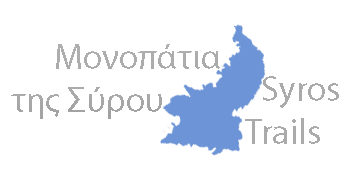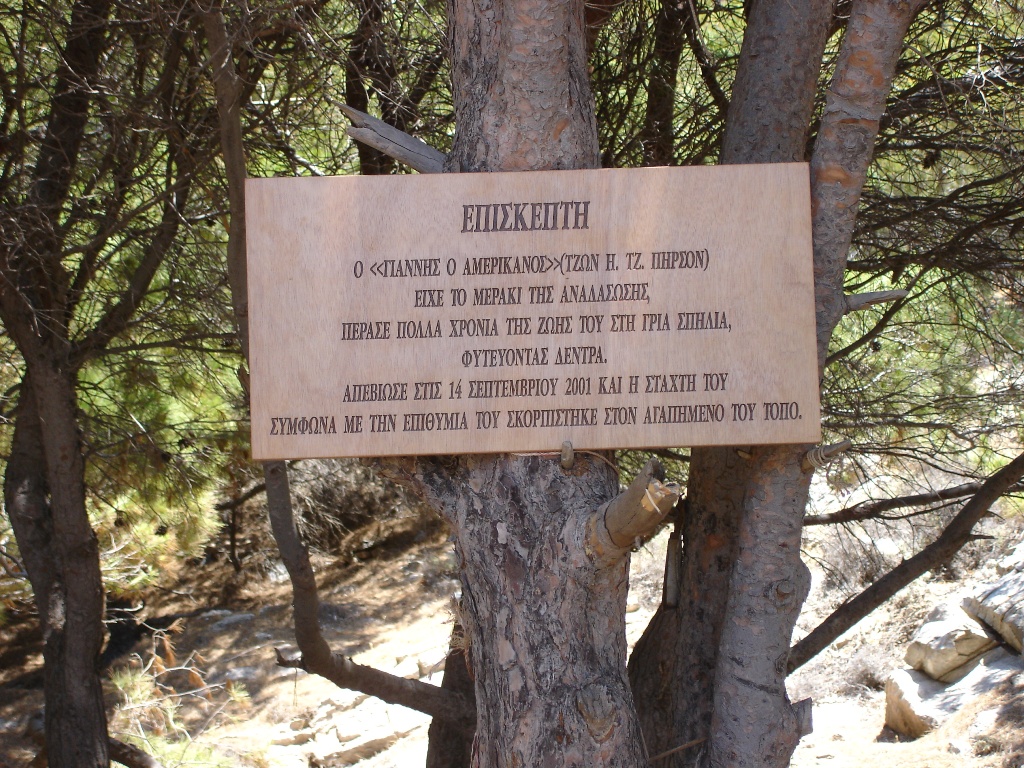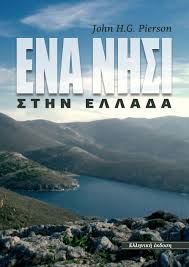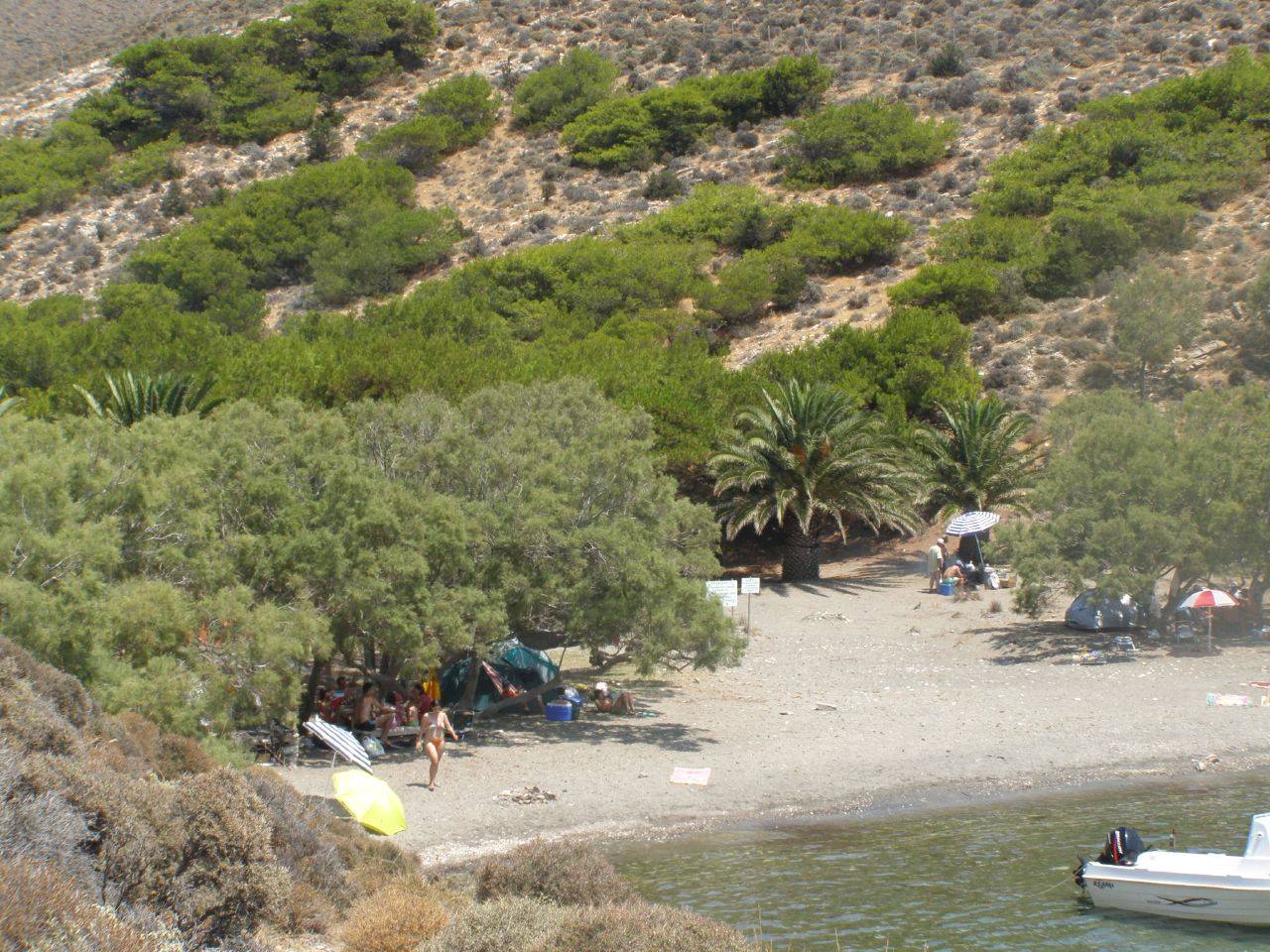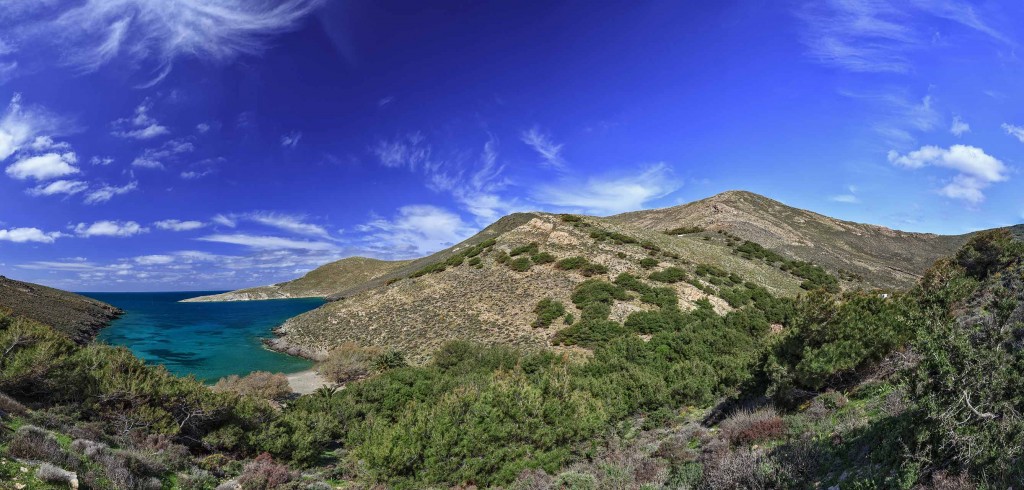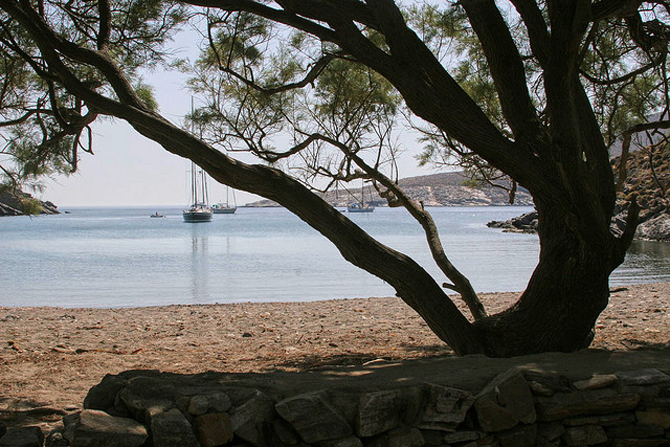|
In the stories told around the first people by fire, the world was presented in the form of a huge tree, which either rested on the ground and reached high in the sky or was again an inverted tree with its roots resting on the universe.
The fruit of the tree became a sacred symbol, songs and circular dances began around the trees. The tree was converted, deified, became a symbol of birth and renewal of life, the androgynous union. It was considered to contain the secret of eternal life and in the myths a dragon appeared standing next to him and guarding the fruit. Thus, Hercules stole the apples from the Garden of Hesperides under the nose of the dragon guard, while Jason killed the snake that guarded the tree with the golden fleece. MORE HERE:https://e-learning.alteravita.eu/mod/page/view.php?id=2279
Every year, “Giannis” spent several months there taking care of and supervising the care of the trees. He began to learn from the farmers of Apano Meria the way of arid cultivation, and after making grooves on the windless slopes he planted saplings in a row, mainly Aleppo Pine. A puddle was dug around the root of each tree to retain rainwater and moisture, while continuous digging kept the soil fluffy and reduced water evaporation. He regularly enriched the soil with the necessary trace elements, such as nitrogen, which is rare in the area of the Letters. In those early years he planted over 10,000 trees. About 5,000 of them survived, some a little bigger than bonsai, due to the strong wind, but others reach up to 6 meters. Although the soil is barren, rain is rare, the sun in summer is merciless, the wind is constant and strong and the salt of the sea burns the vegetation, the trees thrive. And today, thanks to the struggle of “John”, the area of Letters, which has been the refuge of windswept seafarers since ancient times, has been transformed into a paradise anchorage for modern boats, while the tall trees that fill the beach of Gria Spilia, more known today as the “American” beach, have become the favorite destination for residents and visitors to the island. These first years, full of pure altruism and the passion to restore the natural beauty of the forest on a piece of land, as it would be a few hundred years ago, recorded “John” in his book “Island in Greece”.
This fight, a fight that in ancient times took the form of the confrontation of old Santiago with the sharks and Captain Ahab with Moby Dick, all these ideal figures of American literature who were inspired by the passion of man to dominate nature, has now changed, because “John” understood that it is a vital need to restore the damage that man has meanwhile caused to nature. “Bare mountains full of rocks and asparagus became man and the greedy goat became the islands and not the lack of rain,” he said. “Probably the rain stopped falling because the vegetation disappeared, so we need to know how to restore the forests.” John H. (J. John Pearson), an American government and United Nations economist who became famous in America for the trees he planted in Letters, died September 14, 2001, in Massachusetts, United States, at the age of 95 years old and according to his last wish, his ashes were scattered in his favorite forest, “in the American”.
Source: του Τέου Ρόμβου“ΓΑΛΕΡΑ” |
|||||
